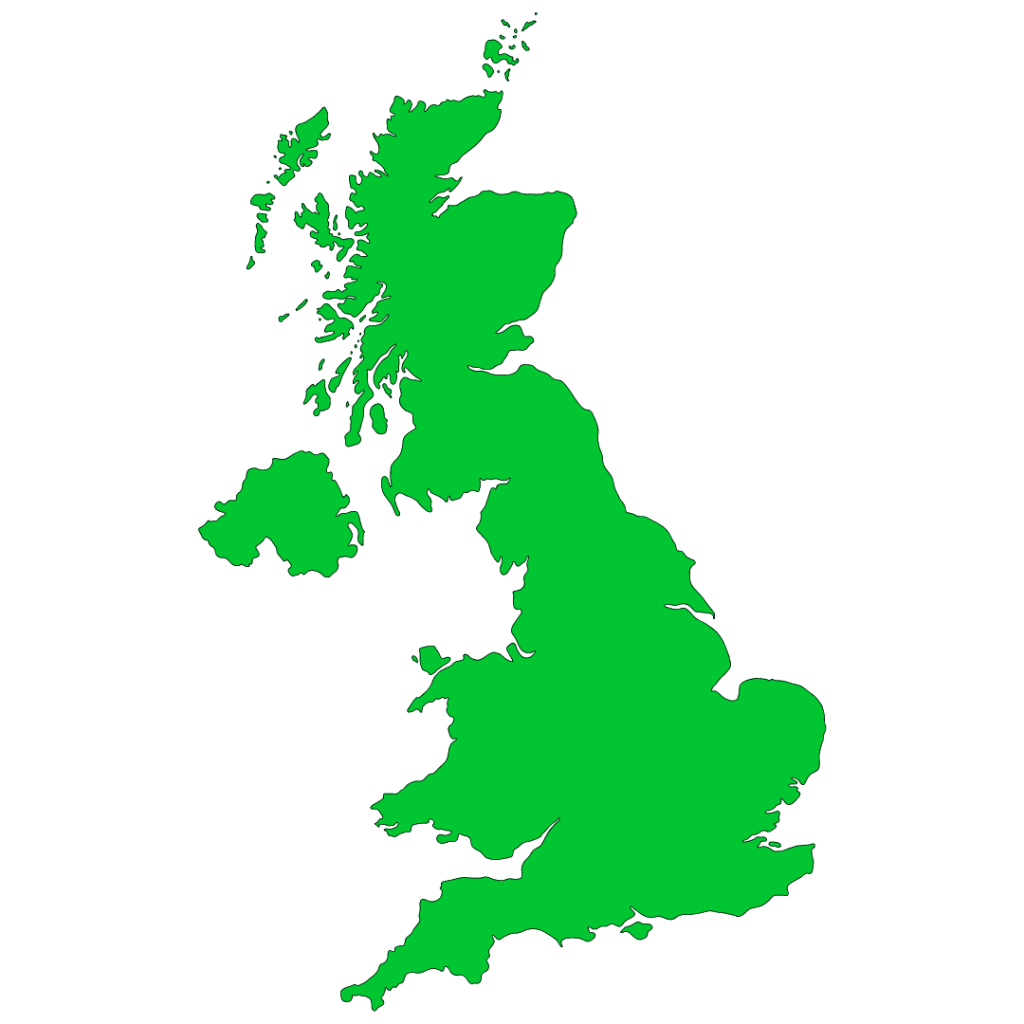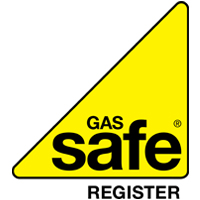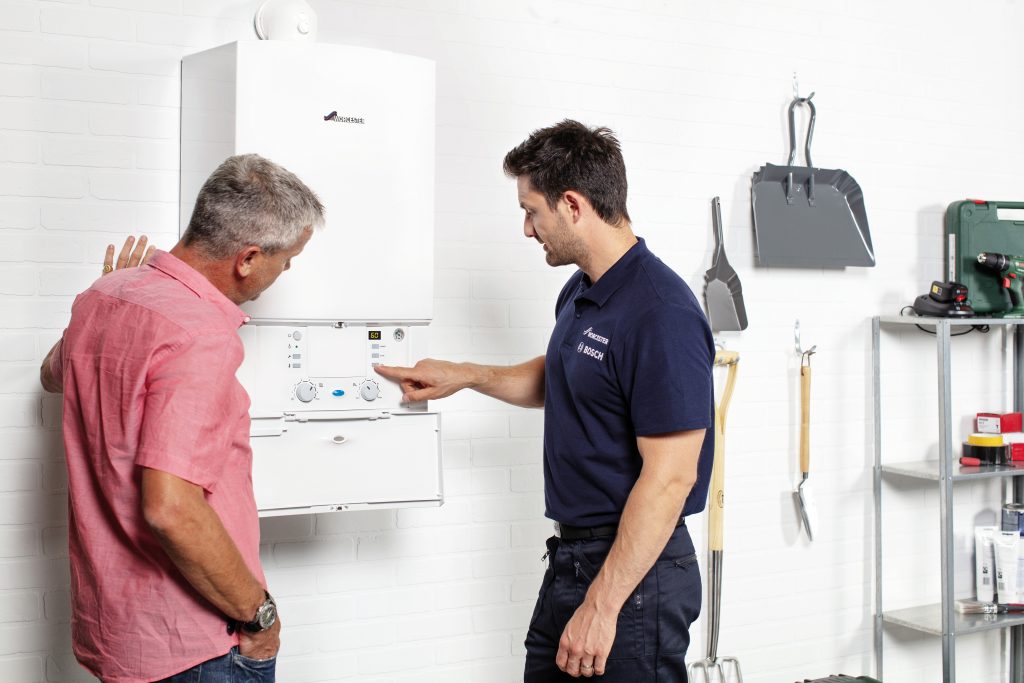
Power flushing your central heating system
The reason a large number of boiler breakdown call outs are mainly due to dirty water and sludge within the boiler heating system. When dirt and sludge has built up within your central heating system it can have a massive effect on how well your boiler runs, lasts and how efficient it is.
What is a power flush?
A power flush requires a power flush machine in which you add a chemical solution that cleanses your central heating system and removes any elements and built up sludge inside of pipes, such as rust or debris that may be causing it not to work as well as it should. If this is left inside of your system, it can cause serious problems to your home heating system. Over a duration of time the water in your pipes, boiler and radiators produces unwanted sludge and can cause your radiators to not give out as much heat or cause your boiler to break down completely resulting in a costly repair.
A power flush will remove the sludge in your system this will prevent blockages and central heating inefficiency including breakdowns by making the heating system more reliable. This means that your radiators, heating components and your boiler can work more efficiently when heating your home, prolonging the life of your heating system and boiler.
Signs that you need a power flush
We have made a list of some of the most common signs that your central heating system may need a power flush. It is always best to get the advice of a gas safe registered engineer expert who can advise you on whether you need a central heating power flush or not.
- Your boiler keeps breaking down and needs to be reset
- Loud noise from the boiler or the heating system
- The central heating takes longer than expected to warm up
- Murky and cloudy tap water
- Some of the radiators struggle to heat up as well as others
- Radiators are hot at the top and cold on the bottom
- Your radiators are not getting warm or only luke warm, even when the boiler is turned on
- No water comes out when you bleed a radiator
- When you bleed a radiator, the water is discoloured and black
- Your radiators and boiler are noisy can and sounds like a kettle being boiled
- Leaks coming from your radiators and signs of rust
It is always a good idea to think about having a power flush on your whole central heating system at the time of a new boiler installation. A power flush to your central heating system is always recommended every 5-7 years to keep your boiler in top preforming condition and working as you’d expect from a high efficacy boiler.
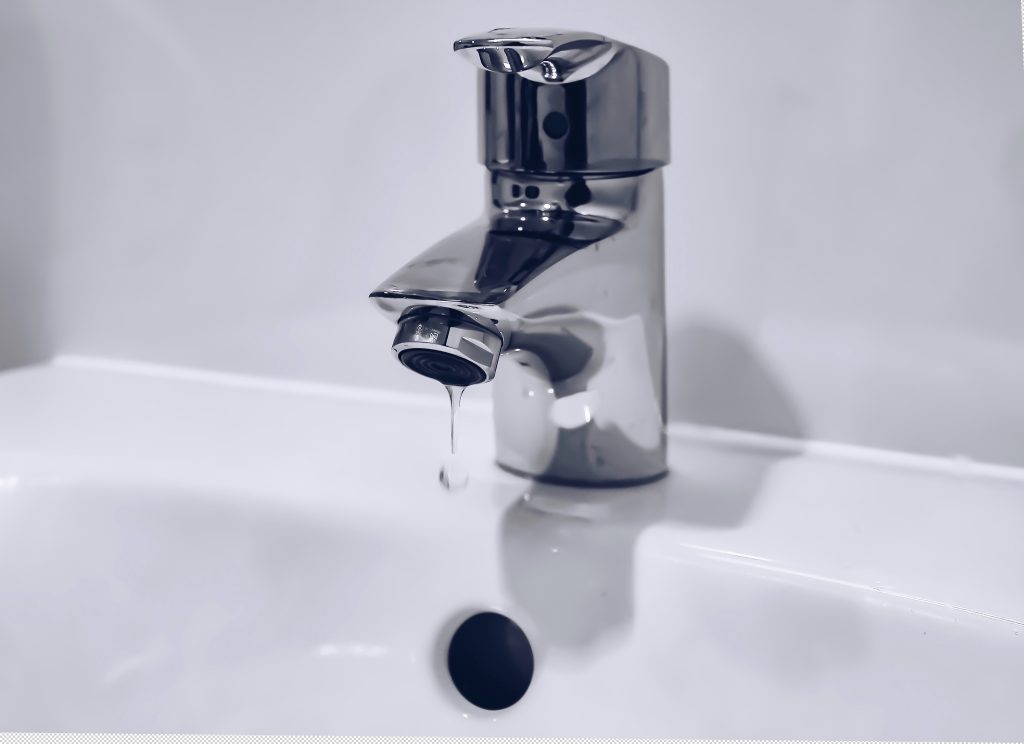
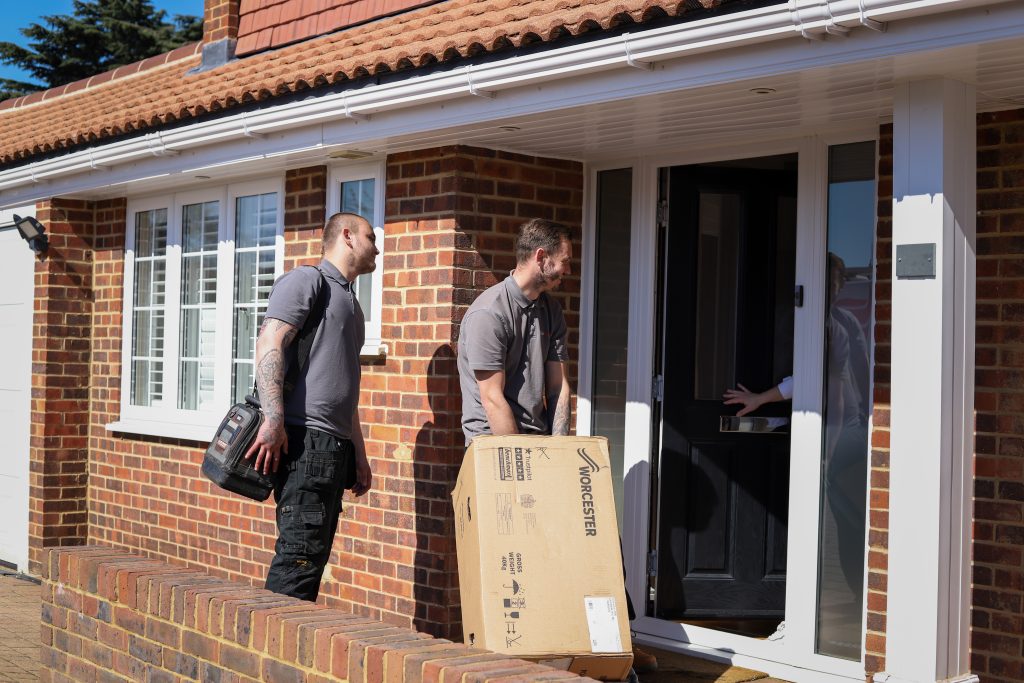
How long does a power flush take?
It can vary depending on the house size and heating system installed as to how long a power flush will take to complete. A power flush will usually take less time to perform if you have a combination boiler or sealed system as there isn’t a need to cap off the cold feed and expansion piping by the tank.
It will usually takes around half a day to power flush a system correctly. You can usually expect a power flush in a three bedroom house with a vented system to take around 5 to 6 hours to perform.
How can I perform a power flush?
It is always best to have a power flush performed by a qualified professional as the have a vast amount of knowledge regarding the entire operation. A local PLT GROUP certified engineer are trained to handle the specialist machinery and chemicals that a power flush requires.
How much does a power flush cost?
There are many variables to consider such as how may radiators your home has, what type of heating system you have and how much chemical will be required. Its always best to give us a call and we can discuss your needs further.
What We Cover
- Airlocks
- Ball valves
- Bathroom installation
- Blocked toilets, sinks, pipes and drains
- Burst pipes
- Hot water cylinder installations
- Hot water issues
- Leaks
- Overflows
- Pipework replacement
- Plumbing installations
- Radiator Bleeding
- Radiator Installations
- Radiator leaks
- Radiator repairs
- Thermostatic radiator valves
- Power flushes

